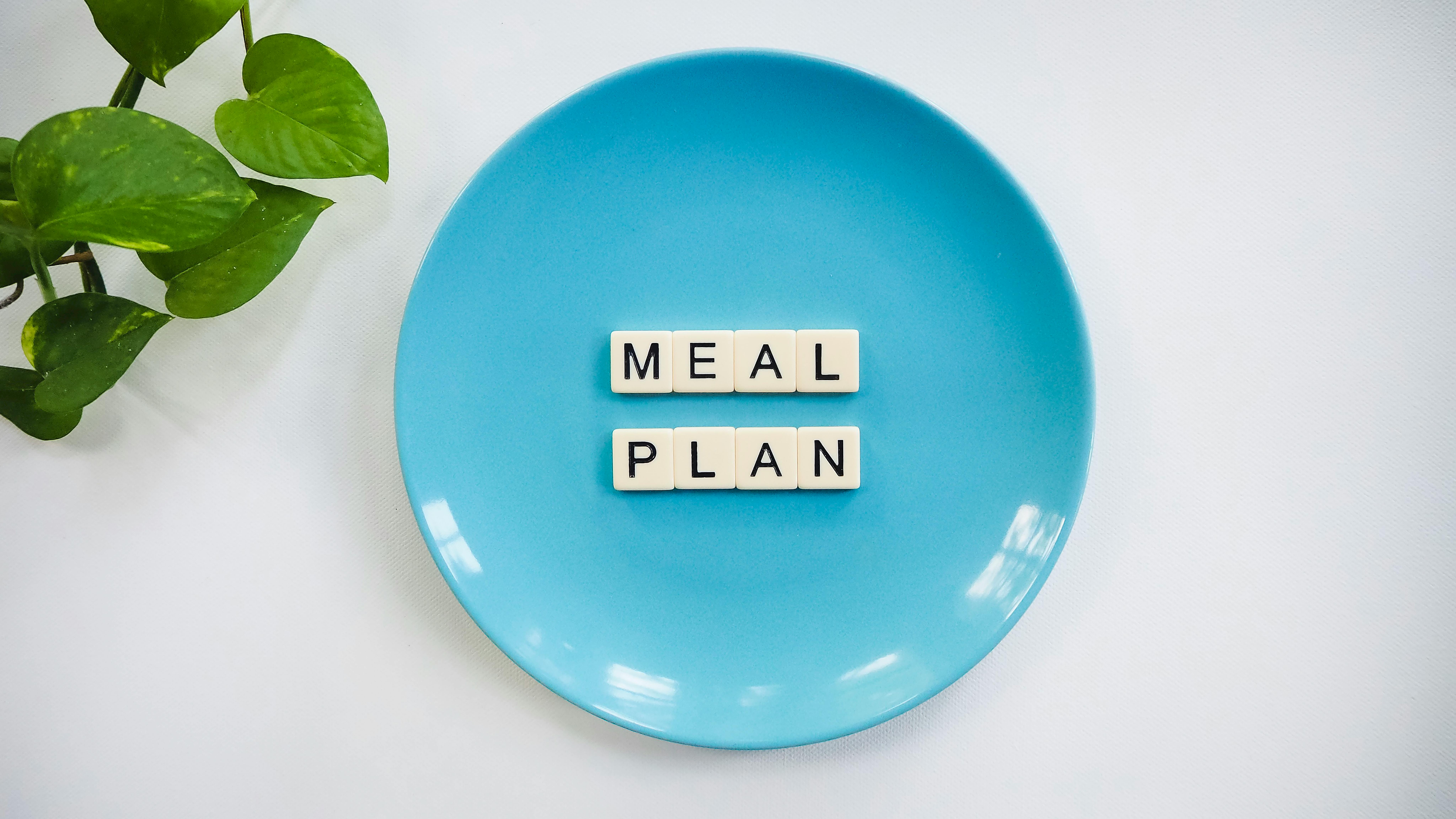
How to Properly Calculate Area: 5 Effective Methods for 2025
Understanding how to find area is an essential skill in mathematics that extends beyond textbooks and classrooms. It's crucial for practical applications such as designing a garden, flooring a room, or calculating land use. The area formula changes depending on the shape, leading to various techniques for area measurement—each method catering to different geometrical figures like rectangles, triangles, circles, and even irregular shapes. This article explores five effective methods for calculating area, helping learners, educators, and professionals alike understand the importance and relevance of area in everyday life.
We'll discuss the area of basic shapes and introduce strategies for measuring more complex figures. With practical examples, area calculations will become intuitive, ensuring readers can apply these concepts confidently. Additionally, we will emphasize the significance of area across disciplines, linking to the conceptual understanding of area within real-life contexts.
Key takeaways include:
- Understanding different area formulas.
- Practical applications of area in various fields.
- Effective problem-solving strategies for area challenges.
Effective Techniques for Calculating the Area of Common Shapes
Building on the fundamentals of area, we first explore how to calculate the area of common geometric shapes. The area can become a straightforward calculation when appropriate formulas are applied. For instance, the area of a rectangle is calculated using the formula A = length × width. Similarly, understanding the dimensions is key to success in these calculations.
Understanding the Area of a Rectangle
The area of a rectangle is one of the most basic and essential calculations in geometry. To determine the area accurately, it’s necessary to measure the length and width of the rectangle. Using the formula discussed, multiply these two dimensions: A = length × width. For instance, a rectangle with a length of 5 meters and a width of 3 meters will have an area of 15 square meters.
Calculating the Area of a Triangle
The area of a triangle can be calculated using the formula: A = 0.5 × base × height. This method requires identifying the base and height—two dimensions that are perpendicular to each other. For example, if a triangle has a base of 4 meters and a height of 3 meters, its area would be 6 square meters. Understanding these relationships is vital for accurate calculations in both educational contexts and real-life applications.
Finding the Area of a Circle
Transitioning to circular shapes, the area of a circle is determined using the formula A = π × radius². Here, the radius is the distance from the center of the circle to any point on its boundary. For instance, if a circle has a radius of 2 meters, its area calculates to approximately 12.57 square meters. This demonstrates the practical implications of area calculations in fields such as engineering and environmental science.
Exploring the Area of Squares
Similar to rectangles, calculating the area of a square is straightforward since all four sides are equal. The formula for a square’s area is A = side × side or A = side². If a square has a side length of 3 meters, its area would be 9 square meters. This basic concept is foundational in geometry and helps students grasp more complex area problems in their studies.
Understanding the Area of Irregular Shapes
Calculating the area of irregular shapes often requires breaking the shape into recognizable components. This technique combines the areas of simpler shapes, such as triangles and rectangles, into a total area. For example, if an irregular shape can be divided into two rectangles with areas of 6 and 4 square meters, the total area would be 10 square meters. This approach broadens the understanding of area, making it accessible in real-world applications, such as land surveying and architectural design.
Advanced Area Formulas and Measurement Techniques
With these basics established, it's important to look into advanced formulas and measurement techniques tailored for specific applications. As we dive deeper into area calculations, we will address how to approach more complex scenarios, including perimeter relationships and surface area considerations.
Introducing Surface Area Calculations
Surface area refers to the total area of the surface of a three-dimensional object. This concept becomes relevant in fields such as architecture and engineering, where understanding the extent of surfaces can influence design and material use. For instance, the surface area of a rectangular prism can be calculated using the formula A = 2(lw + lh + wh). This comprehensive approach ensures accuracy in any project requiring dimensional measurements.
Area Applications in Real Life
Understanding principles of area applications in real life boosts problem-solving skills and enhances engagement in mathematical learning. Real-world examples, such as determining the area for painting walls in a room or calculating yard space for landscaping, can motivate learners. By applying area formulas to actual scenarios, educators can make math relatable and practical for students.
Estimating Area with Technology
In today's digital age, area calculation software simplifies the measurement processes significantly. Advanced tools provide features to estimate areas of complex figures visually and enhance precision. By integrating technology into area measurements, users can save time and improve accuracy, especially in professional fields like civil engineering and environmental research.
Common Mistakes in Area Calculations
When learning area calculations, common mistakes can occur, including mixing up formulas or confusing dimensions. Fostering an accurate understanding of area is crucial to avoid pitfalls. Effective teaching strategies highlight these errors, ensuring learners can troubleshoot issues as they arise and build a solid foundation for future academic success.

Innovative Teaching Approaches for Area Learning
Following this approach, we will now explore various teaching methods and resources focused on developing an engaging learning environment for area concepts. By integrating area into lesson plans and utilizing interactive resources, educators can enhance students' understanding.
Implementing Area Concepts in Spatial Reasoning
Incorporating area concepts in spatial reasoning exercises encourages students to enhance their problem-solving capabilities. By visualizing area through drawings and real-life scenarios, learners can gain an intuitive understanding of how area applies in different contexts. This method prepares them for complex future challenges in mathematics and related fields.
Interactive Area Lessons and Workshops
Interactive area lessons and workshops create an immersive experience for students. Through hands-on activities, students can explore area calculations with tangible materials, such as graph paper and geometric shapes. This approach cultivates an interest in mathematics and enhances skills through collaborative learning.
Exploring Area Through Real-World Projects
Assignments that involve real-world projects allow students to apply their area knowledge effectively. Projects may include designing a park layout, creating a blueprint, or estimating materials for home renovations. These comprehensive exercises tie in creativity and practicality, showcasing the relevance of area to students' everyday lives.
Q&A Section on Calculating Area
Here are a few common questions regarding area calculations that often arise during learning:
What is the difference between area and perimeter?
The area is the amount of space within a shape, while perimeter refers to the distance around the shape. Understanding both concepts is crucial for solving practical problems effectively.
How do I calculate the area of an irregular shape?
To calculate the area of an irregular shape, divide it into regular shapes such as rectangles and triangles, calculate their areas, and then combine them to find the total area.
Why is understanding area important in real life?
Understanding area is fundamental in many fields, including physics, engineering, and architecture. Practical applications include space optimization and material usage in various projects.
What tools can help in measuring area accurately?
Digital tools such as area calculation software and measurement apps can enhance accuracy and efficiency in area calculations. These technologies provide visual aids to simplify complex shapes.
How can I make area learning engaging for students?
Incorporating interactive lessons, real-world projects, and technology can create a dynamic learning atmosphere, stimulating students’ interest and enhancing understanding of area calculations.
